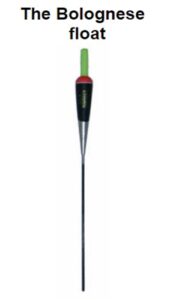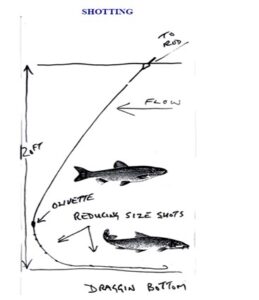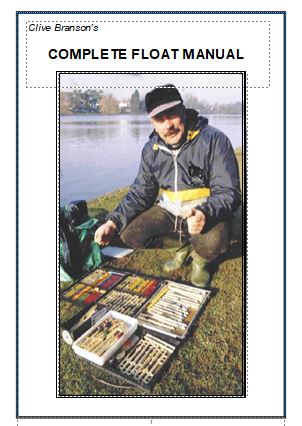🇮🇹 THE BOLOGNESE FLOAT

The anglers of the Italian town of Bologna developed what became known as the Bolognese floats — and, of course, the Bolognese telescopic fishing rod to match.
The Bolognese River is both wide and deep, and to present a bait effectively at long range the Italians adapted their long whips — 8 m and 9 m telescopic rods — by whipping eyes onto them and adding reel fittings. This simple but ingenious idea gave birth to the Bolo Rod.
To match this new technique, a float was needed that could hold against a strong flow and present the bait naturally. The result was the classic Bolognese float — essentially a large, aerodynamic version of a pole float, designed for holding back hard and slowing the bait in deep, fast rivers.
The body of the float features a high reverse pear shape, giving it a powerful shoulder that holds steady against topwater skim and drift. Float sizes typically range from 5 g up to 18 g, shotted with a large olivette and a line of droppers below to control the bait’s descent.
The beauty of this float is in its control. By holding back against the flow, the bait lifts slightly off the bottom, creating an irresistible movement for barbel, bream, and chub.
This method has found a natural home on some of Britain’s most challenging rivers — the Severn, Wye, Trent, and Thames, to name just a few — as well as in Ireland’s deeper venues.
To get the best from a Bolognese float, a long rod is essential. I often use a 7 m bolo rod with a soft tip action, allowing me to keep line off the water and maintain control at long distances. A greased mainline helps even more with this.
I used this very method during the World Championships in Northern Ireland on the River Erne, where it was the only way to tempt those wary bream. Not surprisingly, the Italian team took team gold — and young Dave Wesson from Australia lifted the individual title. I managed a credible 4th place individual finish on Day Two with over 8 lb of bream.
Below is a simple illustration from my book, of how I set up the Bolognese float, using an olivette and droppers to control the descent and maintain stability against the flow.

By learning to ease the float just enough in the swim, you can control the pace, work the bait, and draw fish up off the bottom in the same way the Italian masters have done for decades. A timeless method — and still one of the most effective techniques on big rivers today.
Now Available: The Complete Float Manual. Over 169 pages of content now available on Amazon

📘 Download the Complete Float Manual – Instant Access
Bring decades of float-fishing knowledge straight to your screen.
Written by World Champion Clive Branson, The Complete Float Manual is a 167+ page eBook packed with practical techniques, classic float designs, diagrams, and championship-winning methods.
✅ Learn how to use wagglers, stick floats, pole floats and more
✅ Discover the history and evolution of float fishing
✅ Get pro tips and tactics used at the highest level
✅ Ideal for beginners and experienced match anglers alike
💻 Instant Download (PDF) — no waiting, no shipping
💳 Secure checkout with PayPal
👉 Order now and start reading within minutes.